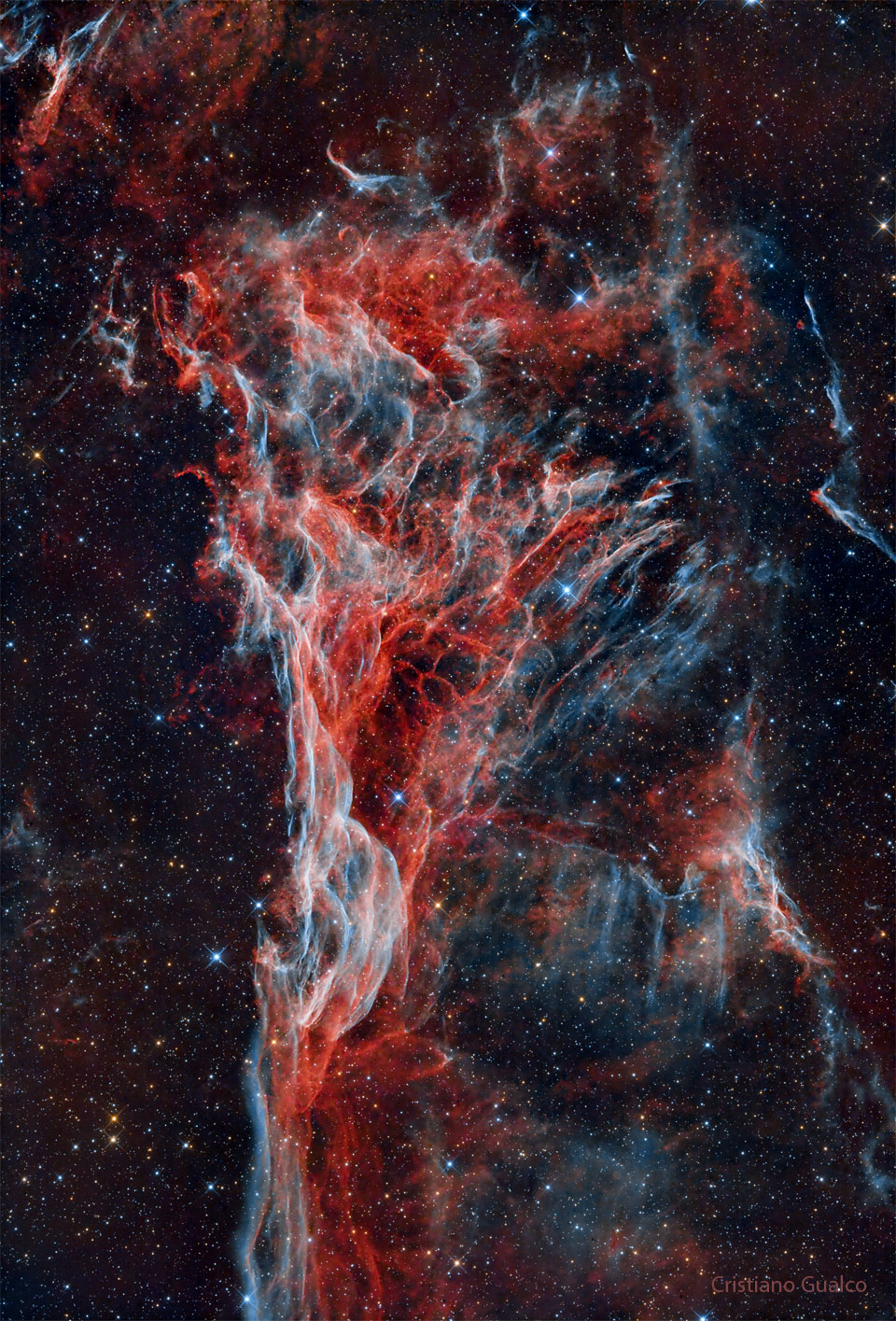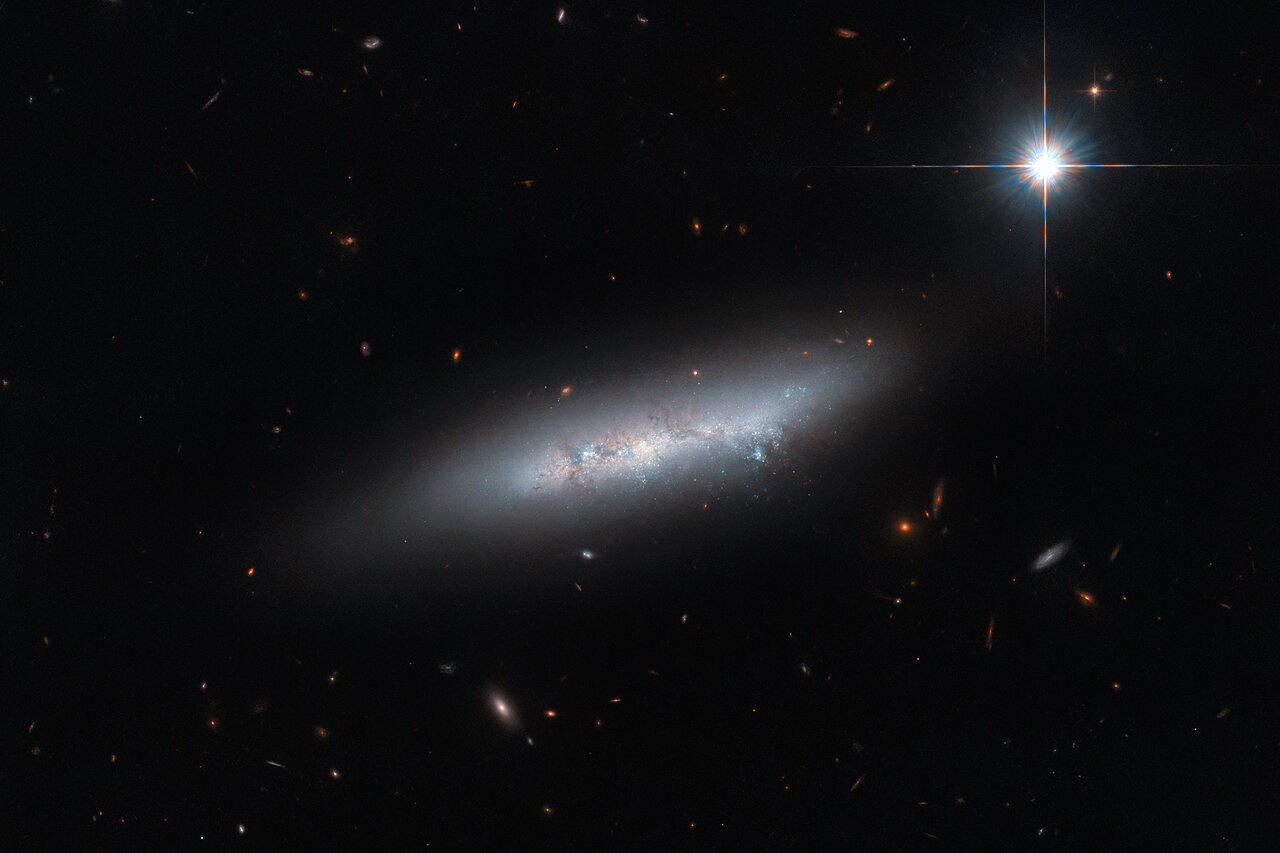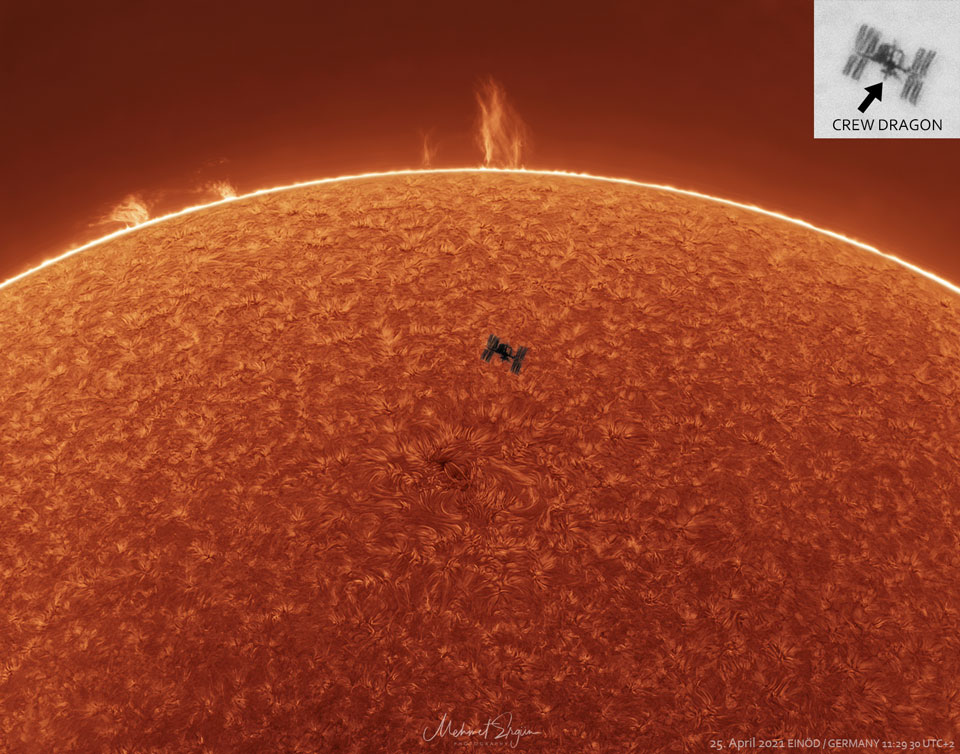Blog
Aston Francis Barrett CD (born 22 November 1946), often called “Family Man” or “Fams” for short, is a retired Jamaican musician and Rastafarian.
His strutting bass line on the 1969 instrumental track “The Liquidator,” by the Harry J. All Stars would end up serving as a direct template for the Staples Singers’ smash “I’ll Take You There” three years later.
Born in Kingston, Jamaica, Aston “Family Man” Barrett was one of the Barrett brothers (the other being the younger brother on drums Carlton “Carly” Barrett) who played with Bob Marley & The Wailers, The Hippy Boys and Lee Perry‘s The Upsetters. He was the bandleader of Marley’s backing band, as well as co-producer of the albums, and the man in charge of the overall song arrangements.
more...Ron McClure (born November 22, 1941) is an American jazz bassist.
McClure was born in New Haven, Connecticut, United States. He started on piano at age five, and later played accordion and bass. McClure studied privately with Joseph Iadone and, later, with Hall Overton and Don Sebesky. McClure attended the Hartt School of Music, graduating in 1963.
McClure worked in the Buddy Rich Sextet in 1963. He then joined Maynard Ferguson‘s big band and, afterwards, Herbie Mann in 1964; and then assumed the bass chair in the Wynton Kelly Trio vacated by Paul Chambers in 1965 (playing behind guitarist Wes Montgomery).
more...These chaotic and tangled filaments of shocked, glowing gas are spread across planet Earth’s sky toward the constellation of Cygnus as part of the Veil Nebula. The Veil Nebula itself is a large supernova remnant, an expanding cloud born of the death explosion of a massive star. Light from the original supernova explosion likely reached Earth over 5,000 years ago. The glowing filaments are really more like long ripples in a sheet seen almost edge on, remarkably well separated into the glow of ionized hydrogen atoms shown in red and oxygen in blue hues. Also known as the Cygnus Loop and cataloged as NGC 6979, the Veil Nebula now spans about 6 times the diameter of the full Moon. The length of the wisp corresponds to about 30 light years, given its estimated distance of 2,400 light years. Often identified as Pickering’s Triangle for a director of Harvard College Observatory, it is perhaps better named for its discoverer, astronomer Williamina Fleming, as Fleming’s Triangular Wisp.

Björk Guðmundsdóttir born 21 November 1965) is an Icelandic singer, songwriter, composer, record producer, and actress. Noted for her distinct voice, three-octave vocal range, bold musical choices, and sometimes eccentric public persona, she has developed an eclectic musical style over a career spanning four-decades, drawing on electronic, folk, pop, experimental, trip hop, classical, and avant-garde music.
Born and raised in Reykjavík, Björk began her music career at the age of 11 and gained international recognition as the lead singer of the alternative rock band the Sugarcubes by the age of 21. After the Sugarcubes disbanded in 1992, Björk gained prominence as a solo artist with her albums Debut (1993), Post(1995), and Homogenic (1997), collaborating with artists from a range of disciplines and genres, and exploring a variety of multimedia projects. Her later, post-nineties, albums consist of Vespertine (2001), Medúlla (2004), Volta (2007), Biophilia (2011), Vulnicura (2015), Utopia (2017) and Fossora (2022).
Several of Björk’s albums have reached the top 20 on the US Billboard 200 chart. Thirty-one of her singles have reached the top 40 on pop charts around the world, with 22 top 40 hits in the UK, including the top-10singles “It’s Oh So Quiet“, “Army of Me“, and “Hyperballad” and the top-20 singles “Play Dead“, “Big Time Sensuality“, and “Violently Happy“. Her accolades and awards include the Order of the Falcon, five BRIT Awards, and 16 Grammy nominations. In 2015, Time named her one of the 100 most influential people in the world. Rolling Stone named her the 64th-greatest singer and the 81st-greatest songwriter of all time in 2023.
Björk starred in the 2000 Lars von Trier film Dancer in the Dark, for which she won the Best Actress Award at the 2000 Cannes Film Festival, and was nominated for the Academy Award for Best Original Song for “I’ve Seen It All“. Björk has also been an advocate for environmental causes in Iceland. A retrospective exhibition dedicated to Björk was held at the New York Museum of Modern Art in 2015.
more...Alphonse Lee Mouzon (November 21, 1948 – December 25, 2016) was an American musician and vocalist, most prominently known as a jazz fusion drummer. He was also a composer, arranger, producer, and actor. Mouzon gained popularity in the late 1960s and early 1970s. He was the owner of Tenacious Records, a label that primarily released Mouzon’s recordings.
Mouzon, of African, French, and Blackfoot descent, was born on November 21, 1948, in Charleston, South Carolina. He received his first musical training at Bonds-Wilson High School, and moved to New York City upon graduation. He studied drama and music at the City College of New York, as well as medicine at Manhattan Medical School. He continued receiving drum lessons from Bobby Thomas, the drummer for jazzpianist Billy Taylor. He played percussion in the 1968 Broadway show Promises, Promises, and he then worked with pianist McCoy Tyner. He spent a year as a member of the jazz fusion band, Weather Report.After that Mouzon signed as a solo artist to the Blue Note label in 1972. On September 7, 2016, Mouzon was diagnosed with neuroendocrine carcinoma, a rare form of cancer. His son, Jean-Pierre Mouzon, reported his father had died of cardiac arrest at his home in Granada Hills, Los Angeles, California, on December 25, 2016, at the age of 68.
more...
Carlos Manuel “Charlie” Palmieri (November 21, 1927 – September 12, 1988) was a Puerto Rican bandleader and musical director of salsa music. He was known as the “Giant of the Keyboards”.
Palmieri’s parents migrated to New York from Ponce, Puerto Rico in 1926, and settled down in the South Bronx where Palmieri was born. As a child, Palmieri taught himself to play the piano by ear. He attended the public school system. At age seven, his father enrolled him at The Juilliard School, where he took piano lessons. By the time Palmieri was 14 years old, he and his five-year-old brother, Eddie, participated in many talent contests, often winning prizes. It was at this time that his godfather introduced him to the music of the Latin bands – an experience which inspired him to become a musician. Charlie Palmieri suffered another heart attack upon his arrival at New York where, as the musical director of the Joe Cuba Sextet, he was to arrange a concert. He died later that day at Jacobi Hospital in the Bronx.
more...
This Hubble Picture of the Week features NGC 2814, an irregular galaxy that lies about 85 million light years from Earth. In this image, which was captured using Hubble’s Advanced Camera for Surveys (ACS), the galaxy appears to be quite isolated: visually, it looks a little like a loose stroke of bright paint across a dark background. However, looks can be deceiving. NGC 2814 actually has three close (in astronomical terms) galactic neighbours: a side-on spiral galaxy known as NGC 2820; an irregular galaxy named IC 2458; and a face-on non-barred spiral galaxy called NGC 2805. Collectively, the four galaxies make up a galaxy group known as Holmberg 124. In some literature these galaxies are referred to as a group of ‘late-type galaxies’.
The terminology ‘late-type’ refers to spiral and irregular galaxies, whilst ‘early-type’ refers to elliptical galaxies. This rather confusing terminology has led to a common misconception within the astronomy community. It is still quite widely believed that Edwin Hubble inaccurately thought that elliptical galaxies were the evolutionary precursors to spiral and irregular galaxies, and that that is the reason why ellipticals are classed as ‘early-type’ and spirals and irregulars are classed as ‘late-type’. This misconception is due to the Hubble ‘tuning fork’ of galactic classification, which visually shows galaxy types proceeding from elliptical to spiral, in a sequence that could easily be interpreted as a temporal evolution. However, Hubble actually adopted the terms ‘early-type’ and ‘late-type’ from much older astronomical terminology for stellar classifications, and did not mean to state that ellipticals were literally evolutionary precursors to spiral and irregular galaxies. In fact, he explicitly said in his 1927 paper that ‘the nomenclature … [early and late] … refers to position in the sequence, and temporal connotations are made at one’s peril’.
Despite Hubble himself being quite emphatic on this topic, the misunderstanding persists almost a hundred years later, and perhaps provides an instructive example of why it is helpful to classify things with easy-to-interpret terminology from the get-go!

Howard Duane Allman (November 20, 1946 – October 29, 1971) was an American rock and blues guitarist and the founder and original leader of the Allman Brothers Band, for which he was inducted into the Rock and Roll Hall of Fame in 1995.
Born in Nashville, Tennessee , Allman began playing the guitar at age 14. He formed the Allman Brothers Band with his brother Gregg in Jacksonville, Florida in 1969. The group achieved its greatest success in the early 1970s. Allman is best remembered for his brief but influential tenure in the band and in particular for his expressive slide guitar playing and inventive improvisational skills. A sought-after session musician both before and during his tenure with the band, Duane Allman performed with such established stars as King Curtis, Aretha Franklin, Herbie Mann, Wilson Pickett, and Boz Scaggs. He also contributed greatly to the 1970 album Layla and Other Assorted Love Songs, by Derek and the Dominos.
Allman died following a motorcycle crash on October 29, 1971, at the age of 24.
In 2003, he was ranked number 2 in Rolling Stone magazine’s list of the 100 greatest guitarists of all time, second only to Jimi Hendrix. In 2011, he was ranked number 9 and in 2023 he was ranked 10th. His guitar tone (achieved with a Gibson Les Paul and two 50-watt bass Marshall amplifiers) was named one of the greatest of all time by Guitar Player.
more...Malcolm John Rebennack Jr. (November 20, 1941 – June 6, 2019), better known by his stage name Dr. John, was an American singer and songwriter. His music combined New Orleans blues, jazz, funk, and R&B.
Active as a session musician from the late 1950s until his death, he gained a following in the late 1960s after the release of his album Gris-Gris (1968) and his appearance at the Bath Festival of Blues and Progressive Music. He typically performed a lively, theatrical stage show inspired by medicine shows, Mardi Gras costumes, and voodoo ceremonies. Rebennack recorded thirty studio albums and nine live albums, as well as contributing to thousands of other musicians’ recordings. In 1973, he achieved a top-10 hit single with “Right Place, Wrong Time“.
more...Clifton “Skeeter” Best (November 20, 1914 – May 27, 1985) was an American jazz guitarist.
Best played in Philadelphia from 1935 to 1940, recording with Slim Marshall and Erskine Hawkins. In 1940, he joined Earl Hines‘s orchestra, playing with him until he joined the U.S. Navy in 1942. After the war, he played with Bill Johnson from 1945 to 1949. He toured East Asia with Oscar Pettiford in 1951 and 1952, and formed his own trio in the 1950s. He did a critically acclaimed session with Ray Charles and Milt Jacksonin 1957 called Soul Brothers.
In 1958, he recorded with Mercer Ellington and taught in New York City. He also recorded with Harry Belafonte, Etta Jones, Nellie Lutcher, Milt Hinton, Osie Johnson, Paul Quinichette, Jimmy Rushing, Sonny Stitt, Charles Thompson, and Lucky Thompson.
more...It’s the International Space Station (ISS) caught passing in front of the Sun. Sunspots, individually, have a dark central umbra, a lighter surrounding penumbra, and no Dragon capsules attached. By contrast, the ISS is a complex and multi-spired mechanism, one of the largest and most complicated spacecraft ever created by humanity. Also, sunspots circle the Sun, whereas the ISS orbits the Earth. Transiting the Sun is not very unusual for the ISS, which orbits the Earth about every 90 minutes, but getting one’s location, timing and equipment just right for a great image is rare. The featured picture combined three images all taken in 2021 from the same location and at nearly the same time. One image — overexposed — captured the faint prominences seen across the top of the Sun, a second image — underexposed — captured the complex texture of the Sun’s chromosphere, while the third image — the hardest to get — captured the space station as it shot across the Sun in a fraction of a second. Close inspection of the space station’s silhouette even reveals a docked Dragon Crew capsule.

more...
José Molina Quijada was born in Madrid on Nov. 19, 1936 Jan 11th 2018
José Molina, a Spanish-born dancer who brought flamenco to audiences throughout the United States with his troupe and in regular television appearances, died on Jan. 5 in Manhattan. He was 81.
The cause was lung cancer, said Judith Shapiro, a friend and former student.
Mr. Molina left Spain for the United States in 1956 for an appearance on “The Steve Allen Show” and stayed. He soon joined the company of the famed flamenco dancer José Greco.
In 1961 he formed his own company, José Molina Bailes Españoles, which toured the United States for the next three decades.
“An arresting dancer, Mr. Molina at times performs with some of the outrageous panache of Rudolf Nureyev,” Jennifer Dunning of The New York Times wrote in a review of a Bailes Españoles performance at Carnegie Hall in 1978.
“Onstage, he exuded simplicity, charisma and charm,” she said by email. “The audience adored him.”
Later in life, Mr. Molina also made an impact as a teacher, introducing countless students to Spanish dance.
“He taught by example, and he didn’t lower his standards even when teaching beginners,” recalled Ms. Shapiro, who now teaches flamenco at the Alvin Ailey School. “He would say, ‘Better to do one thing right than 10 things badly.’ And students endured the endless repetition not only because of his expertise, but because he taught with such generosity, warmth, humor and charm. Everyone had a crush on him.” When, as a young boy, he took an interest in dance, his mother, Carmen, was supportive, but his father, Ramon, initially was not.
“He didn’t want his son to be a dancer,” Mr. Molina told The Palm Beach Post in 1972. “In those days they had prejudices about men in dance. Today — after I have become a success — he is proud of me and salutes my choice.”
more...
Kenny Werner (born November 19, 1951) is an American jazz pianist, composer, and author.
Born in Brooklyn, New York, on November 19, 1951 and then growing up in Oceanside, Long Island, Werner began playing and performing at a young age, first appearing on television at the age of 11. Although he studied classical piano as a child, he enjoyed playing anything he heard on the radio and improvisation was his true calling. In high school and his first years of college he attended the Manhattan School of Music as a classical piano major.
His aptitude for improvisation led him to the Berklee College of Music in 1970, where he met and studied with his first piano/spiritual teacher, Madame Chaloff. From Boston, Werner traveled to Brazil with the saxophonist Victor Assis Brasil. There he met Assis’s twin brother, Brazilian pianist Joao Assis Brasil. His studies with Joao and Madame Chaloff would lead to the writing of the book Effortless Mastery.
more...More Posts
- Ray Mantilla Day
- Cal Green Day
- World Music with ESTRELLA MORENTE
- Daily Roots with Sizzla
- The Cosmos with NGC 5426/27
- Eric Reed Day
- Lalo Schifrin
- Skip James Day
- World Music with Alekos K. Vretos
- Daily Roots with Ijahman Levy
- The Cosmos with M16
- Eric Dolphy Day
- Lazy Lester Day
- World Music with Obo Addy
- Daily Roots with Bob Marley
- The Cosmos with Fleming 1
- Ernest Ranglin Day
- Billy Drummond Day
- World Music with Lela Tataraidze
- Daily Roots with the Skatalites